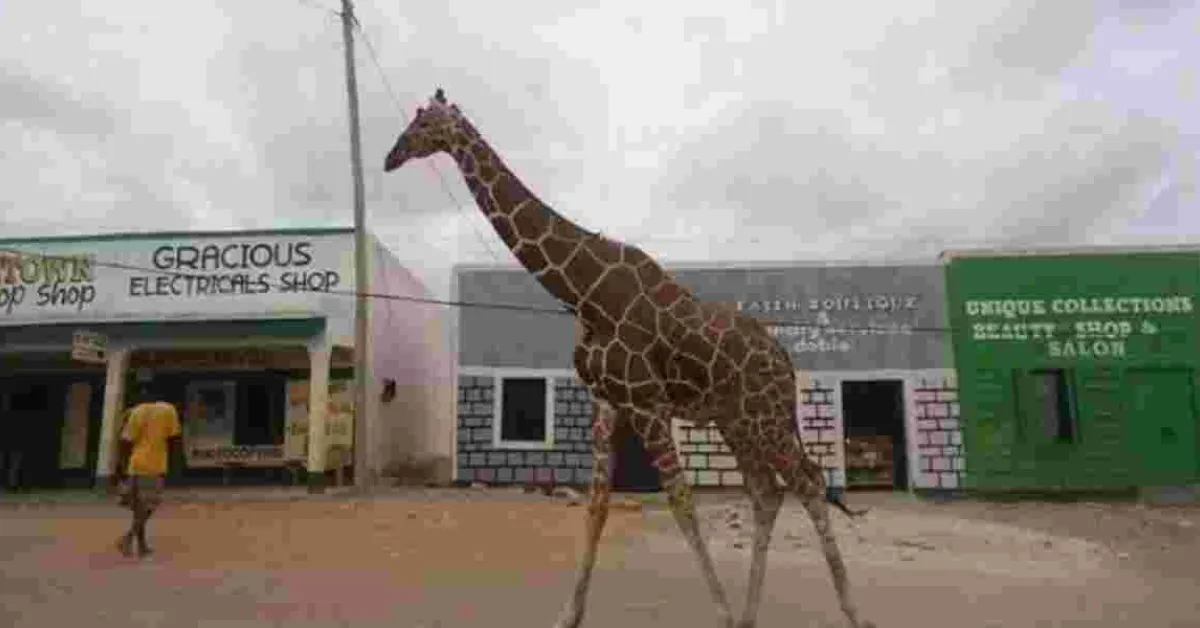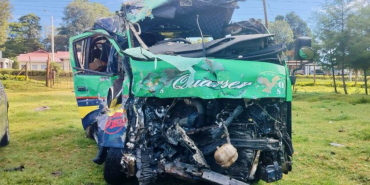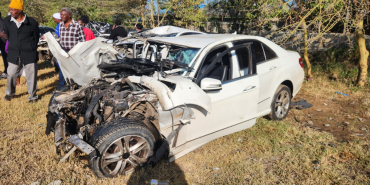Poaching Crisis Threatens Garissa's Iconic Giraffes and Antelopes

There has been a significant increase in wildlife poaching, especially of giraffes and antelopes in the remote areas of Garissa County.
This alarming situation has caught the attention of authorities and conservationists alike, prompting calls for immediate action to safeguard the region's fragile ecosystem and its iconic inhabitants. According to Jacob Ilo Orahle, the Senior Kenya Wildlife Service (KWS) warden in Garissa County, the influx of refugees, predominantly from Somalia, has exacerbated the poaching crisis. These displaced individuals, having settled in the Dadaab refugee complex, have found themselves reliant on wildlife for sustenance as they lack access to domestic animals for meat and milk. Giraffes, with their substantial size and substantial meat yield, have become a prime target for poachers who sell the illicit game within the confines of the refugee camp.
The gravity of the situation was accentuated by a recent incident in which four individuals were apprehended by police from the Dagahaley Refugee Camp for killing a giraffe in Kumahumato village, situated within the Dadaab Refugee Complex. Orahle laments that such occurrences have become alarmingly frequent with reports of giraffes being slaughtered on a weekly basis in areas proximal to the refugee camp. While some locals attribute the poaching epidemic to cultural beliefs, purportedly linking the consumption of giraffe meat to enhanced sexual desire, Orahle dismisses these claims as lacking scientific merit. He firmly asserts that the primary motivation behind the killings is the procurement of meat, devoid of any perceived aphrodisiac properties.
Amidst this dire situation, the call for heightened vigilance and community engagement resonates strongly. Garissa County Ecotourism Conservation Association Chairman Abdi Ibrahim reiterates the urgency of protecting the endangered giraffe population, a sentiment that echoes the global outcry following the tragic killing of Kenya's only known white female giraffe and her calf by poachers in 2020. This extraordinary creature, adorned with a striking snow-white coat, was not an albino but rather a case of leucism, a genetic condition that preserves dark pigmentation in the eyes and internal tissues.
In response to the escalating crisis, the international community took a decisive step during the 18th Conference of Parties to the Convention on International Trade in Endangered Species (CITES CoP 18) in August 2019. A resolution was passed to provide additional legal protection for giraffe species by listing them on CITES Appendix II, which regulates trade to ensure its sustainability and prevent their extinction in the wild. This landmark proposal was championed by a coalition of African nations, including the Central African Republic, Chad, Kenya, Mali, Niger, and Senegal.














Add new comment